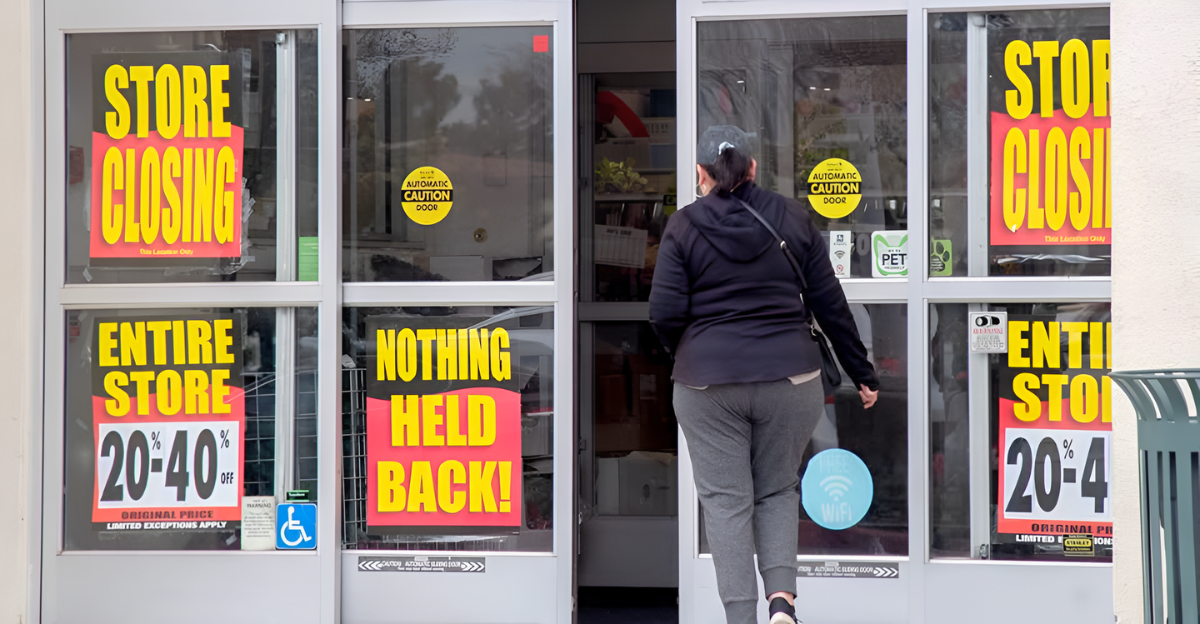
The Sifers Valomilk Candy Company has been a cherished part of the Midwest’s confectionery options, with some of the best childhood candy. Over the years, Valomilk became a nostalgic favorite, celebrated for its creamy, flowing center and handmade quality, standing out in an industry dominated by mass production.
After almost a century of sweet treats and warming hearts, they are at their very end and closing down, leaving customers with a broken heart.
From Humble Beginnings

The story of the Sifers Valomilk Candy Company began in 1903 in the small town of Iola, Kansas, where Samuel Mitchell Sifers started his candy-making venture. In those early days, the company focused on making bulk penny hard candy, a simple, affordable treat that quickly gained popularity among locals. Samuel’s dedication to quality and entrepreneurial spirit led him to experiment with hand-rolled boxed chocolates and some of the Midwest’s first nickel candy bars, including memorable names like Old King Tut and Subway Sadie.
“My grandfather, Harry Sifers, was always looking for new ideas for candy so they dipped scoops of the runny marshmallow into chocolate cups. It was messy but so delicious – a simple taste of heaven! We began making the new candy, calling it VALOMILK DIPS and selling them for 5 cents in 1931. So the Original Sifers VALOMILK Candy Cup was invented quite by accident,” according to their website.
The Accidental Invention of Valomilk
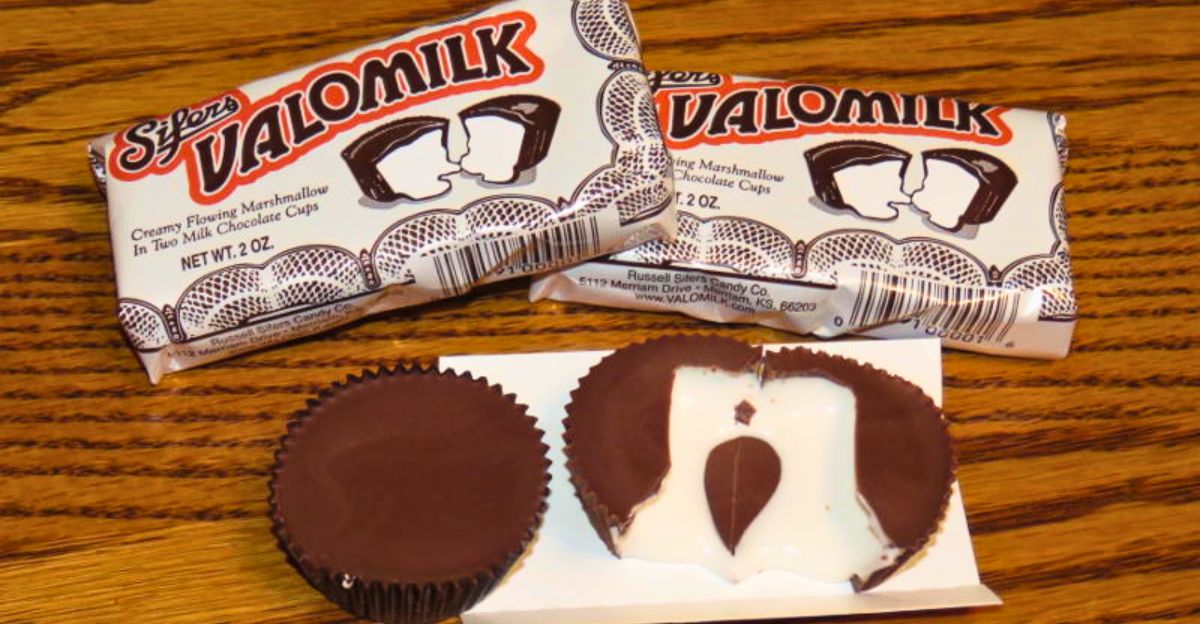
Who would have thought their biggest success would become their best seller and legacy? In 1931, a candymaker named Tommy accidentally added too much vanilla extract, then rich in alcohol, to a batch of marshmallows, causing them to remain runny instead of setting as usual. Rather than discard the ruined batch, Harry Sifers saw an opportunity and decided to scoop the gooey marshmallow into chocolate cups. To their surprise, this turned into a creamy, flowing marshmallow center encased in rich milk chocolate.
Facing Closure After 96 Years
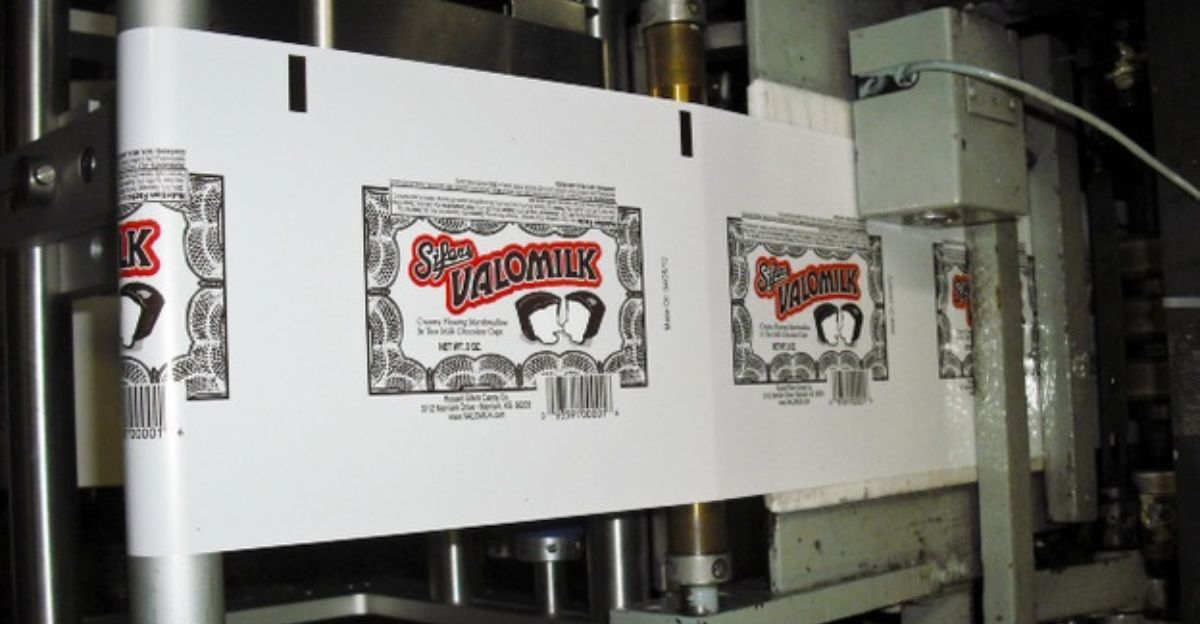
In a bittersweet announcement that sent ripples through the Midwest and beyond, the Sifers Valomilk Candy Company revealed it is facing closure after an extraordinary 96-year run. At 77, Sifers has been searching for a successor to carry on the company’s unique legacy, but finding the right person has proven challenging.
“You have to have sales volume to justify that shelf space — and we don’t have that. And a lot of the old distributors have been consolidated into mega-distributors, and they don’t even know who I am anymore,” said Russell Sifers.
Revival and Resilience
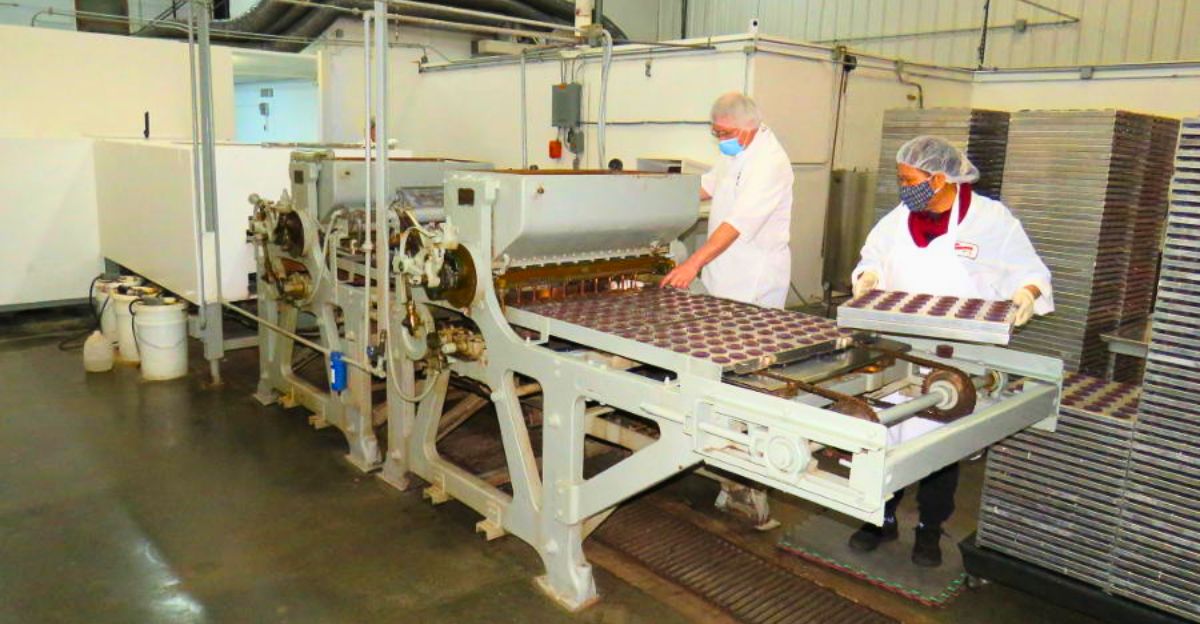
After a difficult merger in the 1970s led to the factory’s closure in 1981, many assumed Valomilk had melted into history. But just a few years later, Russell Sifers, representing the fourth generation of the family, breathed new life into the beloved brand. He reclaimed his grandfather’s old candy-making equipment and, with the help of his family, revived Valomilk in Merriam, Kansas, in 1985.
“After I did an inventory, I said to myself, I could start making Valomilks the way my grandfather did. I told my dad I was thinking about resurrecting the company. He died before it happened. He never got to see it,” Sifers said.
The Challenge of Handmade Candy in a Mass Market
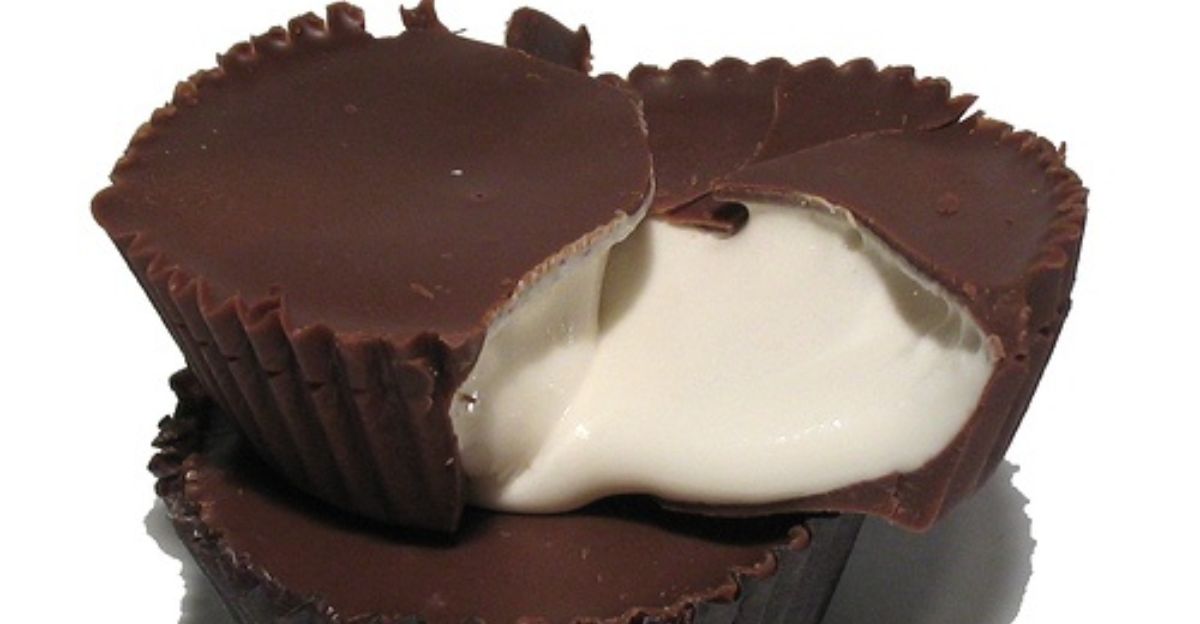
While artisanal confections are celebrated for their superior ingredients, meticulous craftsmanship, and unique flavors, making these candies on a bigger scale is quite challenging. Producing candy by hand is labor-intensive and time-consuming, often resulting in higher costs and smaller batches. This limits the ability of small companies to meet the vast and fast-paced demand of modern retailers and distributors, who favor the consistency, efficiency, and lower prices of mass-produced sweets.
“But he always told me, he commanded me, if you bring Valomilks back, make them the best you know how, and don’t worry about the cost. And that’s what we’ve done,” noted Sifers.
Family Tradition and Multi-Generational Stewardship
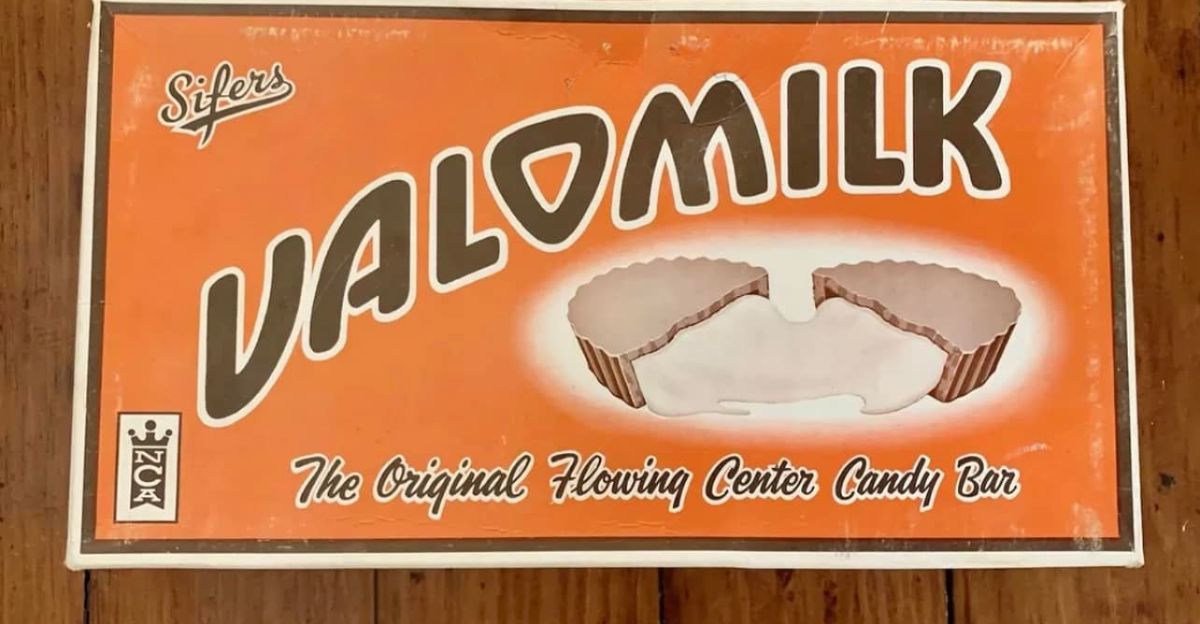
Since Samuel Mitchell Sifers founded the business in 1903, each generation has taken pride in preserving not only the original recipes and methods but also the values and spirit that define the brand. Russell Sifers, the fourth-generation steward, revived the company in the 1980s with the help of his wife and children, ensuring that the art of handmade candy lived on. Today, his son Dave represents the fifth generation, continuing to craft Valomilk candies with the same care and dedication as his ancestors.
“I was born into the business 61 years ago when my mother took me to the factory at age six weeks in a basket. My grandfather took me upstairs and proudly showed me to every employee. I was the first grandson, and my grandfather declared me the heir apparent. I am the fourth generation to run the candy company, although I prefer the title Steward to any normal business title such as CEO or president,” said Sifers in an interview with Retorist.
The Name Behind the Candy
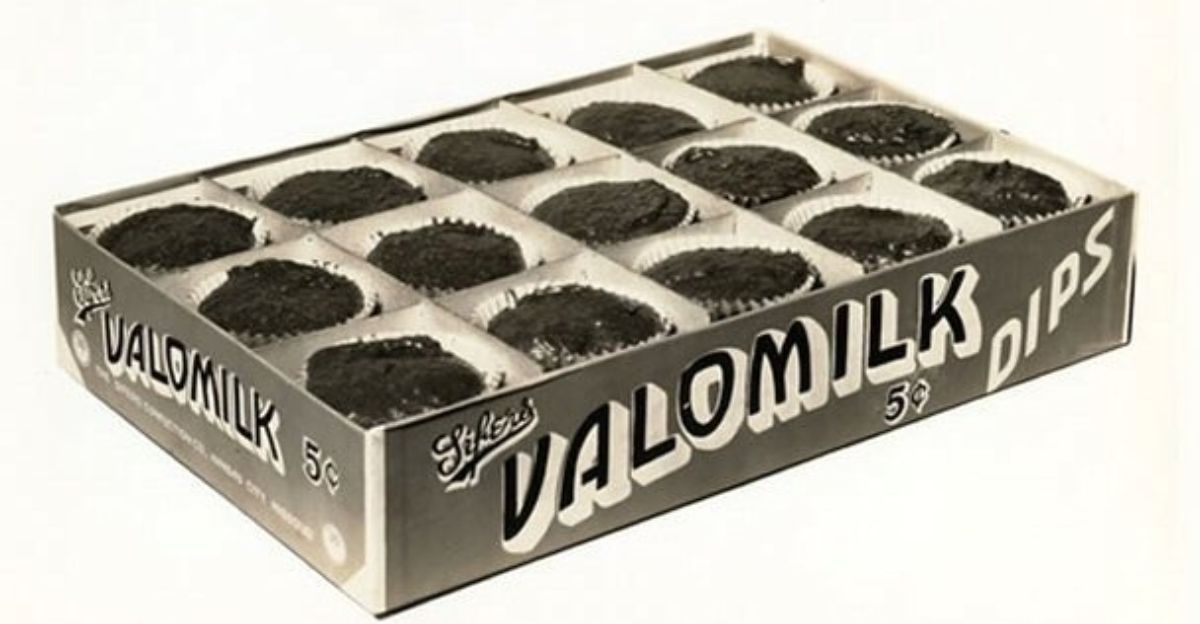
The name “Valomilk” is a clever tribute to the candy’s three key ingredients: VA stands for real vanilla, LO comes from marshmallow, and MILK represents the creamy milk chocolate shell that encases the filling. Originally called “Valomilk Dips” to highlight the hand-dipped process, the name was later shortened to simply Valomilk.
Will Valomilk Survive?
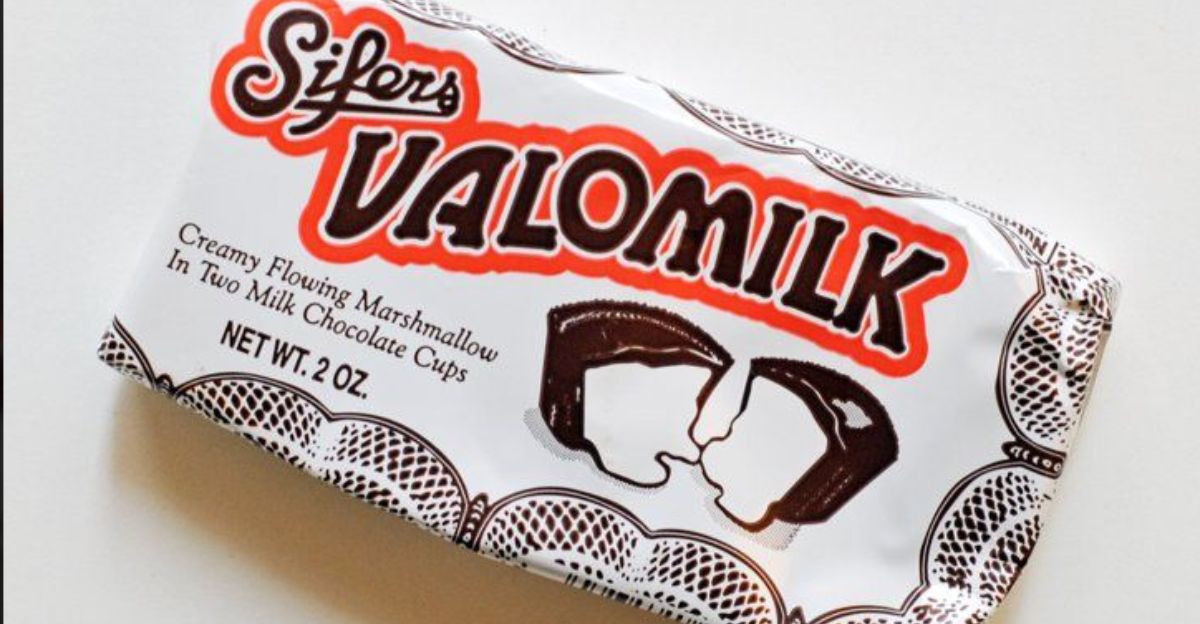
The big question on everyone’s minds is whether or not this nostalgic sweet treat will live to see the future. Despite its devoted fan base and nearly a century of history, the company’s survival hinges on the discovery of a new steward who shares the Sifers family’s passion and commitment to handmade quality.
Without a clear successor, the fate of Valomilk remains in limbo, leaving loyal customers and candy lovers anxiously awaiting news. For now, the possibility of Valomilk disappearing from shelves is very real, only time will tell if they hit the shelves again.
